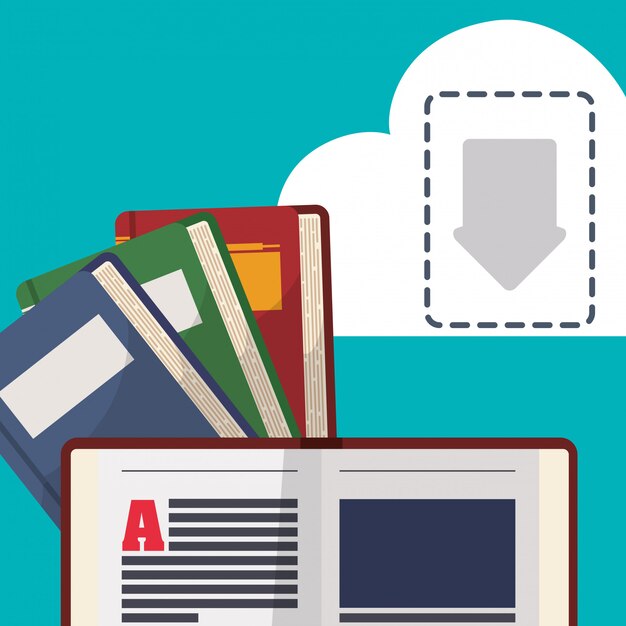Our skilled team is ready to deliver the perfect format for your content.
We’re here to help! Whether you have questions, need assistance!
In the ever-evolving world of publishing, professional book formatting is essential. Whether you’re printing your book or releasing it digitally, the layout and design significantly impact how readers perceive your work. Poor formatting can detract from your content, while proper formatting enhances readability and polish. This blog will cover key aspects of book formatting, the advantages of professional formatting services, and best practices for both print and digital formats.


With our online book publishing services, we bring your creative ideas and compelling concepts to life, sharing them with the world.
Reader Experience: A well-organized book offers a seamless and enjoyable reading experience. Proper layout and structure help readers stay engaged and comprehend the content more effectively.
Professional formatting enhances the quality and professionalism of your work. In a competitive market, a well-formatted book stands out and distinguishes itself from disorganized, self-published titles.
Formatting requirements differ for print and digital formats. Print books must adhere to standard dimensions, while e-books need compatibility across various e-readers. Understanding these differences is crucial for successful publishing
The choice of font can significantly impact readability. For print, serif fonts like Times New Roman are often preferred, while sans-serif fonts such as Arial work better for digital formats. Font size and spacing also matter—body text in print typically looks best at 10–12 points with 1.5 line spacing, whereas digital formats may require tighter spacing, around 1.2.
Proper margins prevent text from being cut off during printing, with larger inside margins needed for binding. For digital formats, ensure your layout adapts well to various screen sizes, from e-readers to tablets.
Headings and subheadings organize content and guide readers. Maintain consistent styles for all heading levels, and consider adding visual elements like page breaks or ornaments to differentiate chapters or sections.
Use high-resolution images to ensure quality in both print and digital formats. For digital books, add alt tags to enhance accessibility. Always ensure proper licensing or copyrights for images.
Include running headers and footers for easier navigation in longer works. For digital formats, ensure these elements don’t interfere with the flow when viewed on different devices.
A well-organized table of contents is essential for both print and digital books. For digital versions, make the table of contents clickable, allowing readers to navigate directly to specific chapters.
We’re here to help! Whether you have questions, need assistance, or are ready to start your project, our team is just a message away.
+1(925) 219-0219
1320 Willow Pass Rd, Concord, CA 94520
640 Bailey Rd STE 479, Bay Point, CA 94565

Turning Ideas Into Reality, One Project at a Time!
+1(925) 219-0219
1320 Willow Pass Rd, Concord, CA 94520
640 Bailey Rd STE 479, Bay Point, CA 94565